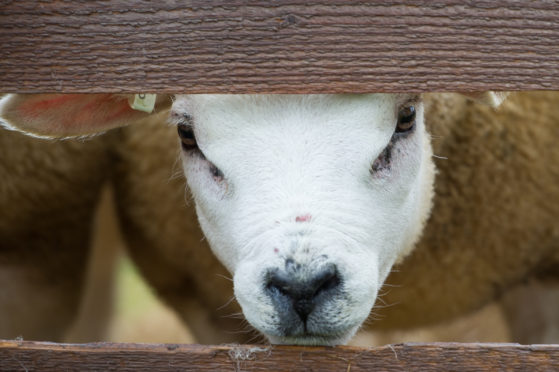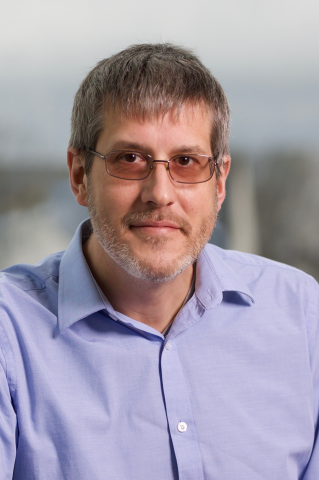A flock of Tayside sheep could provide the key to defeating the coronavirus.
Scientists at Dundee University are harvesting antibodies from animals on a nearby farm as part of efforts to study the workings of Covid-19 and its destruction of the human respiratory system.
The antibodies will be produced by the sheep in reponse to the proteins that make up the virus, which have been created in a laboratory and introduced into their bodies.
The animals remain healthy throughout the process, the researchers insist. However, the materials they are producing could prove vital in the fight to save human lives around the world.
A 20-strong team of researchers is involved in the study of SARS-CoV-2, the virus which causes Covid-19.
Dr Paul Davies, the Medical Research Council unit manager at Dundee University said: “At Dundee University we have identified 28 proteins created by SARS-CoV-2 that produce an immune response in the body.
“These proteins are vital research tools for developing diagnostics and in helping to understand how the virus infects and attacks us.”
The researchers’ first step is to take the single-strand genetic profile of the virus and convert it to a double-strand DNA, before copying it to amplify the genetic material many millions of times.
This sequence is then used to programme bacteria to make the proteins that make up the virus, enabling scientists to harvest and prepare them in large amounts.
Mr Davies said: “These proteins will then be introduced into sheep on a local farm. The sheep then start to produce antibodies against the viral proteins and these can be harvested from the sheep every few weeks.”
The Tayside sheep are at a secret location, but researchers say the animals can look forward to a “long and happy life in the fields” and they are not troubled greatly by the process.
“The antibodies are then brought back to the laboratories in Dundee and prepared for their various uses. The final product will be sent to labs around the world to be used in the fight against Covid-19,” said Mr Davies.
He added: “Each researcher is specialised in the particular process used in the antibody production process, from the molecular biologists cloning of the genetic sequence, protein scientists to manufacture the components, farm workers taking care of our sheep and technicians preparing the antibodies when harvested from the sheep.”
He compared the process to finding the right key to unlock a door.
Dr Davies said: “These antibodies bind very tightly to the viral proteins and do not recognise other proteins, such as the ones in our bodies. It can be thought of a little like the key to your front door. There are millions of keys but only one will fit perfectly to the lock in your door and open it.
“In the case of these antibodies, each antibody will only fit the viral protein it was designed for. This makes antibodies useful in identifying each part of the virus, as well as the complete virus, and understanding how it infects us and the best way of defeating it.”
Mr Davies said certain parts of the virus are believed to be very important in the processes by which it infects us or attacks our lungs.
“Being able to capture and study these parts of the virus by having antibodies that specifically capture and identify them will enable us to understand this much more rapidly,” he said.











